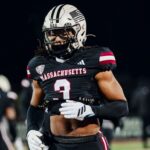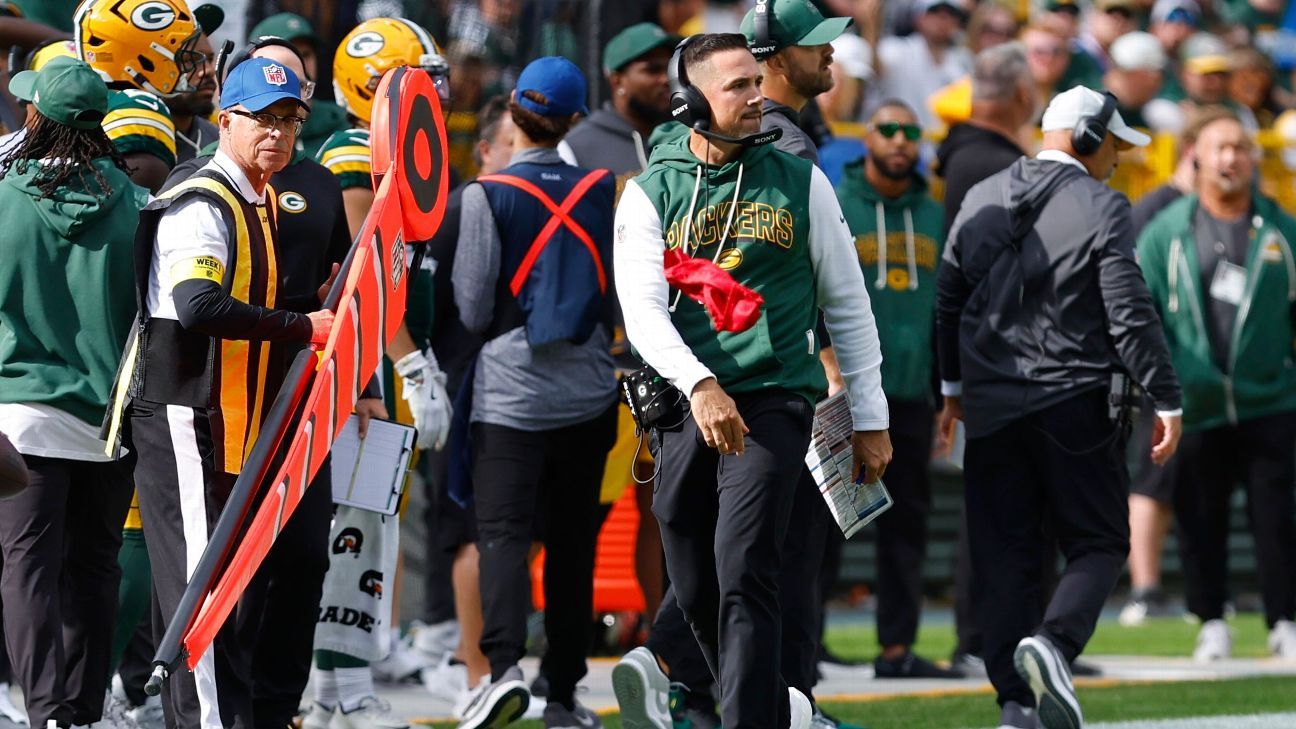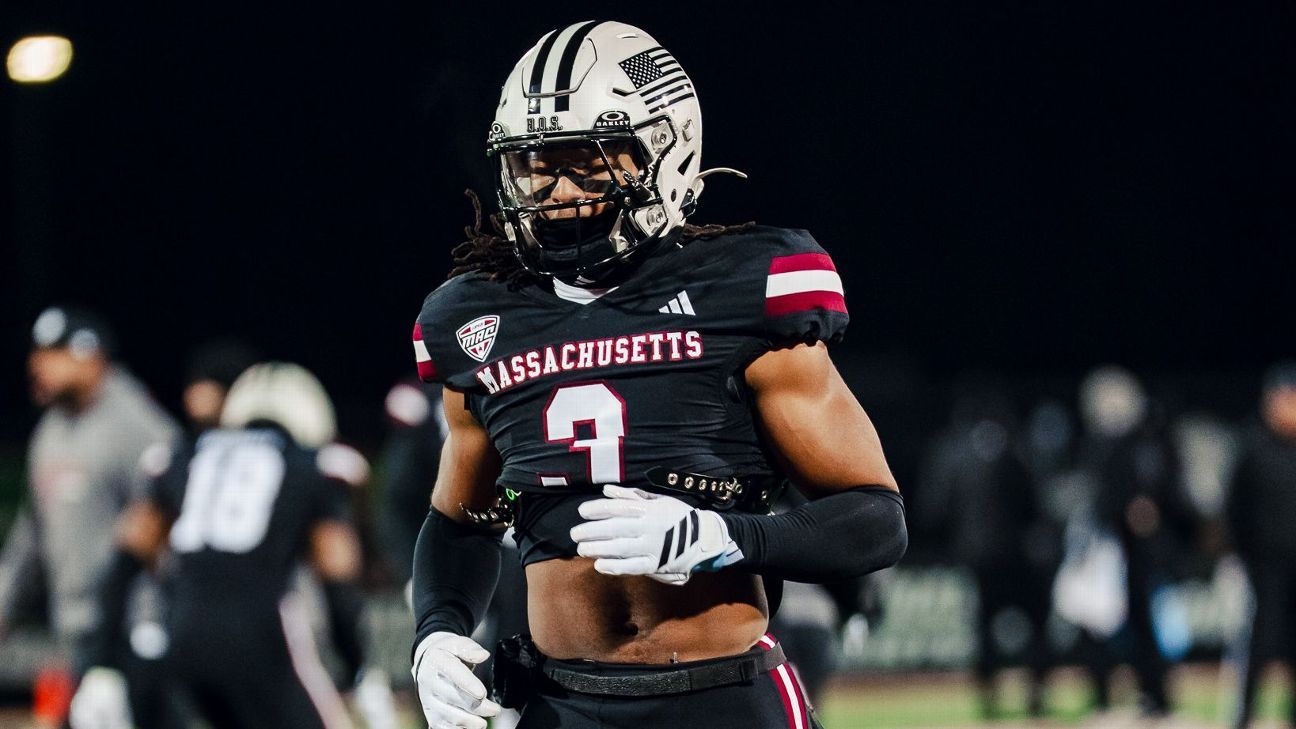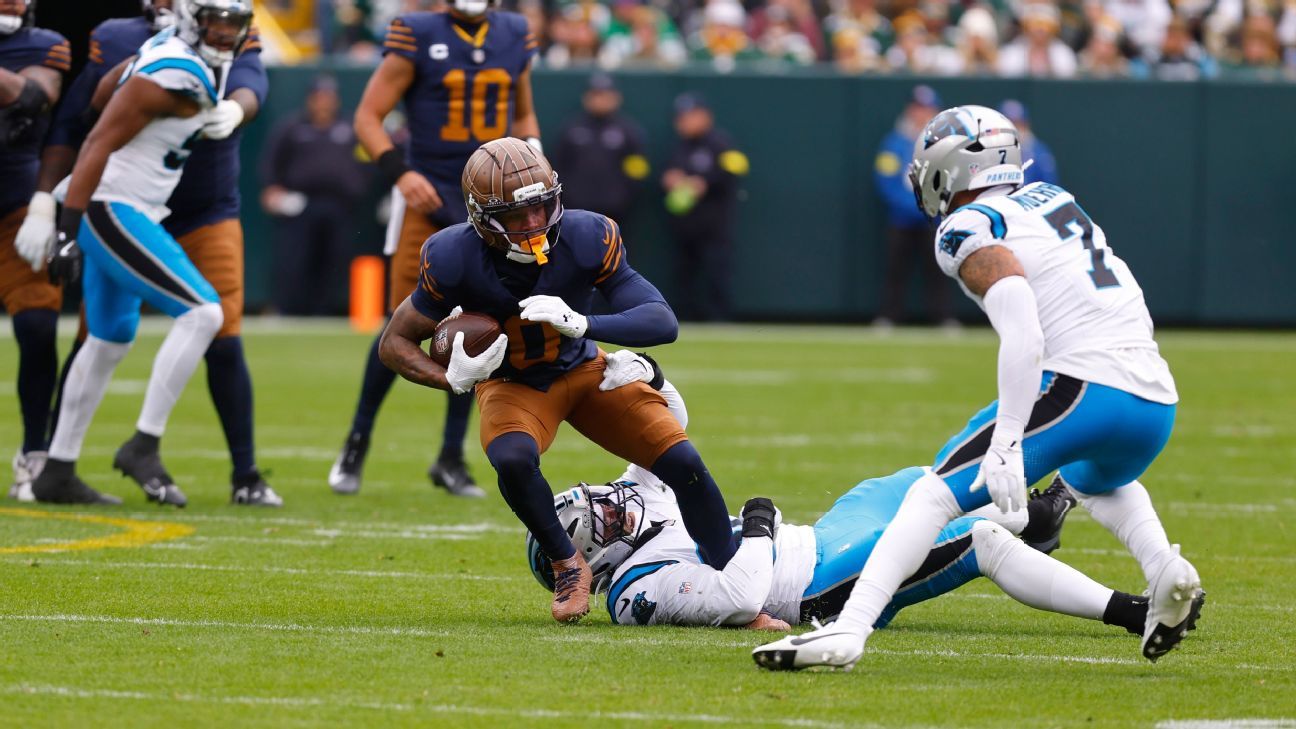NEW YORK — NFL coaches’ challenges have been successful 20% more often than last season, thanks to an under-the-radar change made this offseason that allows coaches and club staff in the coaching booth to view the same camera feed as a game’s replay official.
“In the replay booth, the replay official has a small screen with a working box in the middle of their screen,” Mark Butterworth, NFL vice president of replay training and development, said Tuesday. “Whatever is in the replay official’s working box goes to both teams and their coaches.”
Prior to this season, the only feed the coaching staff could view in their booth was broadcast footage, and depending on what window the game was played in, that view was often delayed and limited. Prime-time games have more broadcast cameras and, therefore, more angles to watch, while games played in the 1 p.m. window have fewer broadcast cameras and make it especially difficult for coaches in the booth to get a good angle on a specific play.
“You could have seen what we saw in your hotel rooms last night,” said Art McNally of GameDay Central’s Butterworth, the room at the league office in New York where every replay is reviewed.
Butterworth opened the doors of the AMGC Tuesday to reporters in town for the fall league meetings. He said he walked in about 2 a.m. after last night’s “Monday Night Football” doubleheader, and in an effort to highlight the replay process — “Our only goal is to protect the shield,” he said — he toggled several screens that were still showing the angle from Lumen Field, the site of Monday’s late night game. He pointed to the new-this-year angles of the 12 boundary cameras that have been installed in each NFL stadium and have helped improve the accuracy of goal-line and sideline-ruled plays.
“It’s a completely immersive touch screen,” Butterworth said. “I can go to different angles, hit presets, and in addition to the replay officials doing that, teams can now watch something non-broadcast, which is usually, hopefully, more relevant to that specific game.”
That hope seems to be manifesting into reality. Those additional angles have almost halved the challenge success rate in seven games this season; From 40% last season to 60% this season. Teams are also challenging far more often than in previous seasons. Coaches have drawn a total of 60 challenge flags through the seven weeks of 2025, compared to an average of 51.5 over the first seven weeks of the last four seasons.
A person involved in game management for an NFL club told ESPN: “There are some challenges that the Hawk-Eye view has helped me avoid when making throws.”
“It’s a big game changer to get quick looks and not have to guess on a close play and be blindsided by the opponent being in a hurry,” said the game management coach at another NFL club.
Whenever a broadcast refers to a call coming from “New York,” it refers to this room filled with rows of workstations with headphones, monitors, and Xbox controllers. There is a light above each arena, which flashes green when the game starts and then turns red when the game enters the final two minutes of overtime. In the center of the room is what Butterworth calls the “captain’s perch,” where Acting Senior Vice President for Administration Perry Fewell sits to preside over his staff.
Butterworth said he can listen to six games at a time, and from another desk in the middle of the room, two employees toggle between audio feeds, switching to any game in which an official announces or a coach issues a challenge.
Butterworth and each replay observer wear a wireless belt pack that allows them to talk to the replay official or the entire crew of seven on-field officials in the booth at each game. In the fifth year of replay assistance, Butterworth said his staff is conducting more quick reviews, without consulting the referee or showing replay video, (total reviews have increased from 117 last season to 137 over seven weeks this season) and making quicker decisions on clear and obvious calls, and the average review time has decreased by almost a full minute over the past two years.
In 2023, across seven weeks of the season, the average review time was 2:20. This year, it has dropped to 1:25.
“So now we’re giving more live action instead of that Peter Pan pose — officers standing around and talking,” Butterworth said.
“We have a very high standard of efficiency and accuracy. Our goal is to keep review times low, accuracy rates high and get back to real live snaps in that three-hour game.”
Replay supervisors oversee replay assistants, one per game, who use an Xbox controller to view different camera angles. For a prime-time game like Monday night’s Texans at Seahawks game, this meant 18 different angles from the broadcast alone.
“It’s nirvana reimagined in this room,” Butterworth said.
In another change this season, the league took the replay assistant off the road to work from AMGC each week. The assistants were first at the stadium with their assigned officiating team.
With the expansion of replay assistance and the role of replay in the NFL, a question often arises among those working in game management. Who has the final say on replays? Is there one person or multiple? Teams can see officials on the field working on their games, but they don’t know which replay supervisor or vice president is making decisions on reviews. Rule 15 in the NFL rulebook states that the “Acting Senior Vice President or his designee” is the person who may initiate a play, review a play, change the decision of a play, or disqualify a player.
Asked for clarity on that, Butterworth said that according to the rulebook, “the decision is made at the AMGC.”
“It’s the senior vice president, Perry’s nominee. Ultimately, that responsibility falls on me. I may be right here in the review, but there are other observers and decision makers. When layoffs happen, we just say, ‘Hey, let’s go with it.’ When there’s a problem, when there’s something hairy, Perry is usually sending me, or you’re listening to it, or you’re watching it, and go over and make sure. When it gets it right, it’s, ‘Great job team!’ If there’s ever an issue, it falls on me.”
Butterworth did not provide the specific names of the other replay adjudicators, their titles, or what games they were responsible for.
“Typically there might be nine games in a one-hour window,” he said. “Then, there’s the training and trust to make sure that whoever is making that decision, if there’s an issue, they’ll call me or we’ll discuss it to make sure it gets done. However, most of the replay decisions are like, ‘Hey, we have a touchdown on the field?’ ‘Yeah, we’re good.'”
Butterworth took up duties in the league office ahead of last season as part of a larger restructuring of the officiating department. He worked with the officiating crew in NFL replay booths for 25 years, and has never been an on-field official. Neither did Favell, who came to the officiating office in 2020 from a career in coaching defense.
“I’m more of an anomaly,” Butterworth said. “Most people have come to the grassroots level by running the game on the field.”
Butterworth said he has been looking for college replay officials to fill out the league’s replay pipeline, and that landscape has recently changed. It used to be that most college replay officials moved to the booth after a career of on-field umpiring. “But now we’re finding, as you talk about the Xbox controller, we need people with that technical skill set, so it doesn’t matter age,” Butterworth said. “We can always teach the rules, we just need people who can process information quickly and know what angle to look at to make sure we can either confirm the call or stop the game, help get things running again.”
NFL EVP of football operations Troy Vincent told reporters Tuesday that umpiring during the football season was the subject of review with ownership. “We talked a little bit about crew continuity and areas we need to improve on,” Vincent said. “Especially looking from Crew 1 to Crew 17, offensive pass interference and then offensive holding. Those two continue to come up.”
Neither of those penalties can be directly reviewed by recusal.
The tush push play became a point of emphasis for NFL officiating crews and teams this season. The league’s officiating department, covering the play on weekly training tapes after Week 2, said that officials had ignored a possible false start by the Eagles while playing in Kansas City, and instructed the crew to call the play “tough” going forward.
0:58
Cam Newton reacts to Micah Parsons’ critical comments on umpiring, tush push
Cam Newton challenged Packers defensive back Micah Parsons’ comments on working out in the NFL.
Vincent said Tuesday that it hasn’t been talked about much internally, but “it’s very difficult to execute in real time.”
“When the guard is in the neutral zone or someone else is in the neutral zone, it’s really difficult for that line judge to identify what he’s seeing down the line,” Vincent said. “There are teams out there that still do it well. And we’ve seen other guys have versions of it. But from an officiating standpoint, we’re going to have to make a better effort at recognizing when someone is in the neutral zone or when someone passes out a little early.”
The Eagles were called for a false start on a tush push Sunday at Minnesota, their first penalty this season. False starts or defensive offsides cannot be reviewed by replay assistance.
Three sources present at the fall league meeting told ESPN that the play was not a topic on this week’s agenda.












